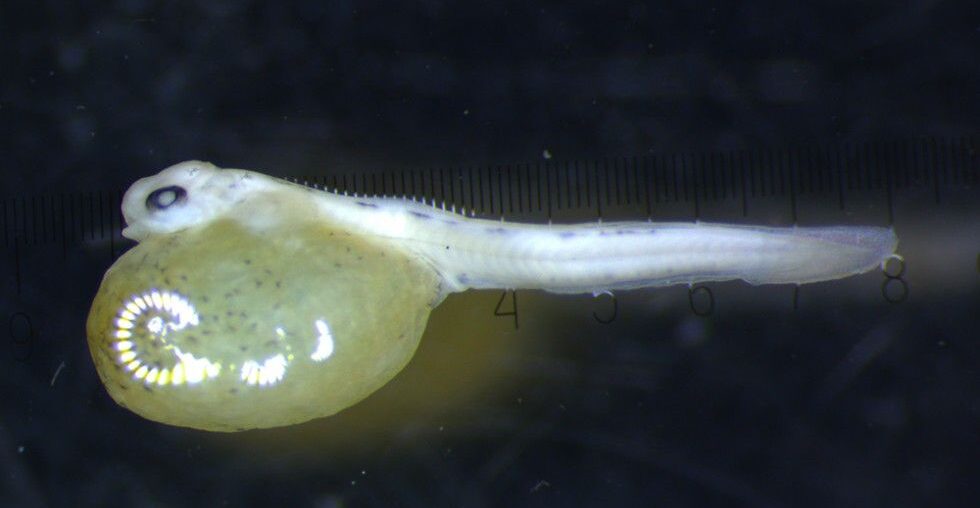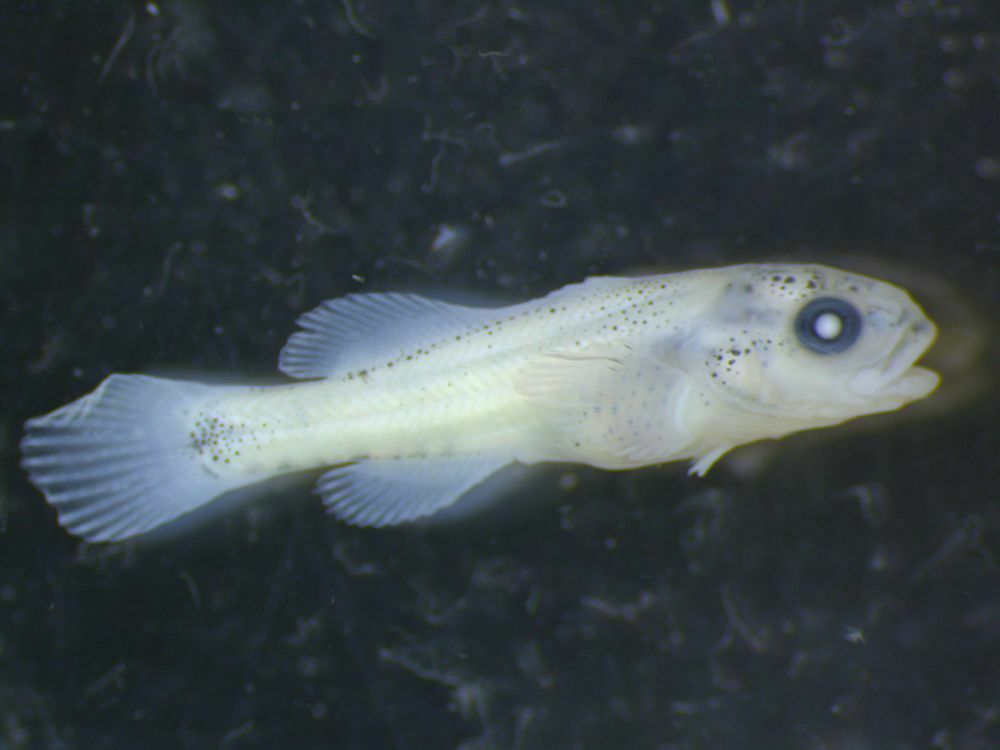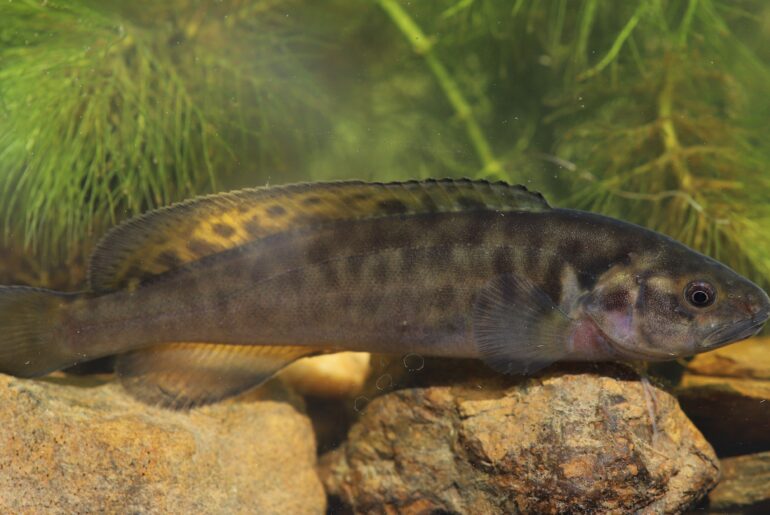It is well known that migration is essential for a many native fish species, however, prior to this project, the downstream drift of eggs and larvae has received little attention. River regulation has the potential to impact on this process by disrupting the downstream movement and potentially increasing mortality of eggs and larvae if they do pass over dams and weirs. A study on the Murray River between Yarrawonga Weir and Barham (450km or river) was undertaken to assess:
- aspects of downstream migration for larval and juvenile fish.
- timing and spatial scale of downstream drift.
- the impact of barriers on downstream drift.
- the impact of water extraction of downstream drift.
Findings:
There were differences between species as to where their larvae were captured, Carp gudgeons (Hypseleotris spp.) and Australian smelt (Retropinna semoni) were captured in backwater areas, while Carp (Cyprinus carpio) and eggs were most abundant in the upper water column and cod in the lower water column.
Trapping at different times of the day revealed that most species were found to mainly drift at night. Murray cod (Macculochella peelii) larvae were patchy throughout the study area, and were detected from October to December, with the highest abundances found in November.
Golden perch (Macquaria ambigua) and Silver perch (Bidyanus bidyanus) eggs were detected between mid October and late January, but no larvae or juveniles were found during the study. The Torrumbarry weir did not appear to obstruct downstream drift of cod, but did increase the number of carp that settled out of the drift. Water extraction has the potential to remove a large number of cod larvae and Golden and Silver perch from the Murray River, impacting on recruitment of riverine population of these species.
Key messages:
As a result of the nocturnal drift patterns and short drifting window, this study concluded that only cod larvae spawned within short distances of weirs and weir pools are likely to encounter these structures. Unexpectedly, the Torrumbarry Weir did not appear to have a significant impact on the drift of cod larvae, on the contrary, the weir pool may in fact increase recruitment due to this habitat having a high abundance of food for the larvae.
The nocturnal drifting behaviour of cod was noted to have important implications for management in the Murray River. Potentially millions of cod larvae and the eggs of Golden and Silver perch are lost from the river via water extraction, if the densities found in this study were scaled to the amount of water extracted from the Murray River. As cod have a small drift duration window (October – December), scaling back water extraction during these months could increase current levels of recruitment and promote substantial rehabilitation of cod populations.
The researchers conducting this work further noted that if further assessment confirmed cod only drift at night, then minimising the water extracted during the day may help protect drifting larvae without significantly altering the amount of water extracted.
Read the full report here: Gilligan, D. & Schiller, C. 2003. Downstream transport of larval and juvenile fish in the Murray River. Project No. R7019. NSW Fisheries, Cronulla.






